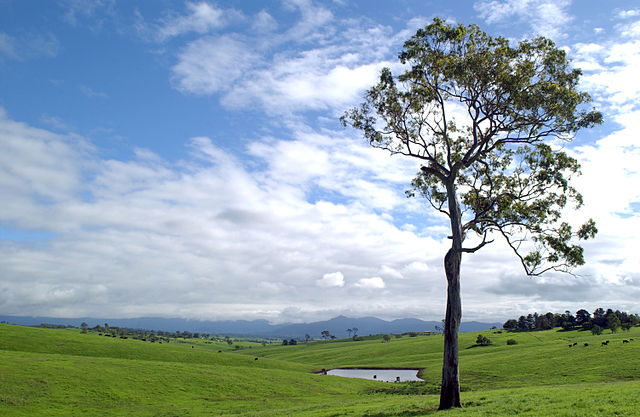Cattlemen in northern and southern Australia reduced prices of their beef herds by 10 Australian cents in the month of April amid rising supplies. However, steer prices rose appreciably in the first week of May amid huge presence of export buyers.
After belated rains delayed the cattle transportation season in April, experts expect an influx of cattle in yards in May. However, this may not impact the price much as demand in both domestic and foreign markets remains high.
In the third week of April, only 109,213 cattle went into abattoirs, a fall by 19%, week-on-week.
However, with the end of the rains and processors working overtime in May, supplies will increase.
10¢ Price slash in April 2024
Various parts of Australia had already began to slash their live weight offers by 10¢, in expectation of supply improvement.
Yard overstocking was already telling in South Queensland where cows sold lowly at between A$4.40 and 5.40 ($2.91-3.57) a kg.
The same applied to Central Queensland, where yards cut between 10¢ and 25¢ a kg to reflect rising freight cost.
In New South Wales, beef cows shed 20¢ a kg, to A$5.20 ($3.44) per live kg. This is even as heavy cattle were down to A$4.70 ($3.11) a kg.
The only beef cattle that held steady were grass fed oxen, at A$5.20 ($3.44) per kg in Southern Queensland.
The sales were reminiscent of end 2023 when beef cattle rates went down to A$2.20 ($2.46) before the El Niño drought. This time round, however, it is delayed rains that have deterred cattle transportation and increased the risk of oversupply.
Record Cattle Exports and Upshot Steer prices in May 2024
Even as cattle prices slightly decreased in late April, exports rose and improved steer prices in week 1, May 2024.
On May 3, Meat and Livestock Australia (MLA) reported that heavy steers sold higher by 21¢, to A$2.92 ($1.93) per kg. The yards for processing meat also increased head count of steers by 338, week-on-week, to reach 1,370 cattle.
A reason for the improving yard sales of steers (castrated oxen) is the presence of export agents in Australia. They are actively sourcing beef cattle for importers, especially from the U.S. where the herd has shrunk and demand high.
The current markets of Australia’s beef herd include the traditional markets of the United States, Japan and Korea. Emerging destinations range from Indonesia to Saudi Arabia and the United Arab Emirates (UAE).
